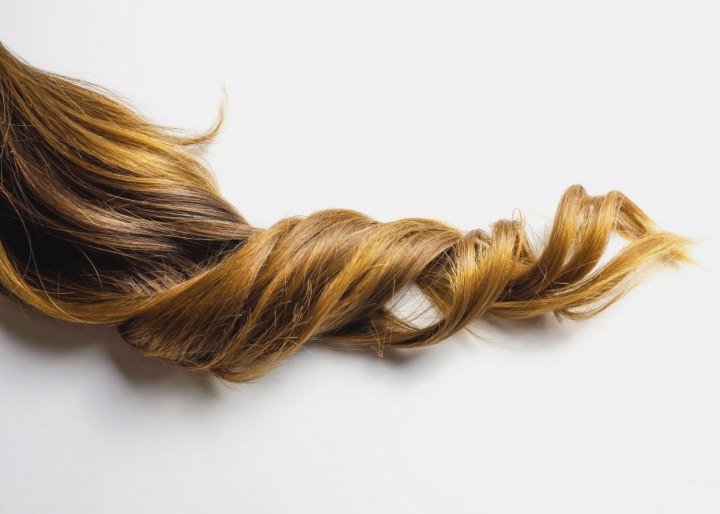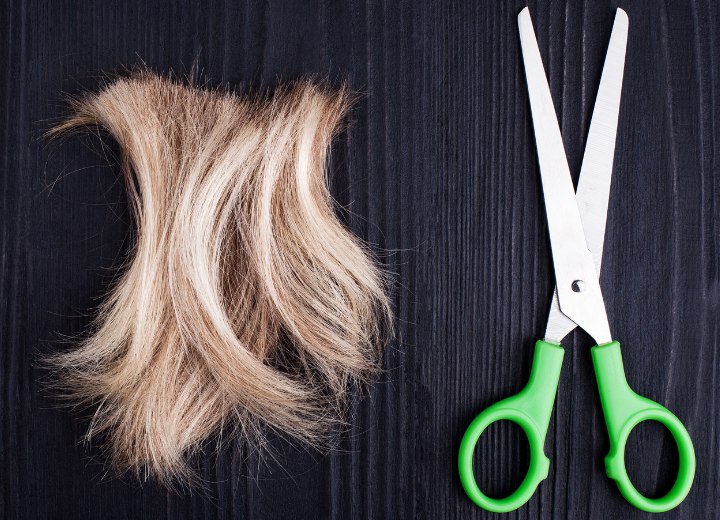Hairlooms

If we were from the Victorian era, watching this movie, we would not find this odd at all. It would be a part of life. However, making a doll is a little extreme, but holding onto a loved one's hair was quite common. The hair was incorporated into jewelry known as mourning jewelry.
The importance of hair traveled from Mexico to Sweden when small farming communities began braiding hair and making jewelry and art from those plaits. The Swedes became so accomplished at this art that they trained girls from other communities and then would venture out in groups of three to four to other parts of Europe, where they would learn the language and sell their wares. They would teach their craft to other interested girls, and the skill spread across Europe.
Mourning jewelry became most popular in Europe following the death of Prince Albert in 1861. Queen Victoria lived out the remainder of her life as a recluse and in "mourning" attire, including jewelry. The Queen even gave Empress Eugenie a bracelet of her own hair, which, it was reported, moved Eugenie to tears. It is believed that having a loved one's hair, particularly after they are deceased, is a way to hold on to that person. Some even believe that it is akin to looking up to the heavens to see that loved one once again.
Hair jewelry became popular in the United States at the onset of the Civil War. As soldiers were departing home, they left more than memories behind; they also left locks of hair. Upon hearing the news that their beloved soldier had passed, the family put the locket of hair into a ring, brooch, or pendant. Hair has even been woven into complete tea sets, landscape pictures, and floral designs.

First, the hair would be boiled in soda water for fifteen minutes. Then, it would be sorted into lengths and divided into strands of twenty to thirty hairs. The strands would then be worked around wooden molds made by local woodturners. Once the work was finished, it would be boiled for 15 minutes again and then dried before being removed from the form.
The examples of hair art that are on the internet are exquisite and beautiful. However, I cannot get past the fact that these pieces are made of hair! As intricate as they are, it is hard to imagine someone making them by hand and the number of hours it must take to complete some of the more ornate projects.
So, unless you have nothing but a bag of long hair, several hours, and a pattern book from the 19th century lying around, stick to being a slacker. Go for making a hair doll; it only takes some hair and yarn, and maybe some googly eyes if you really want to make it special!
©Hairfinder.com
See also: Hair Jewelry